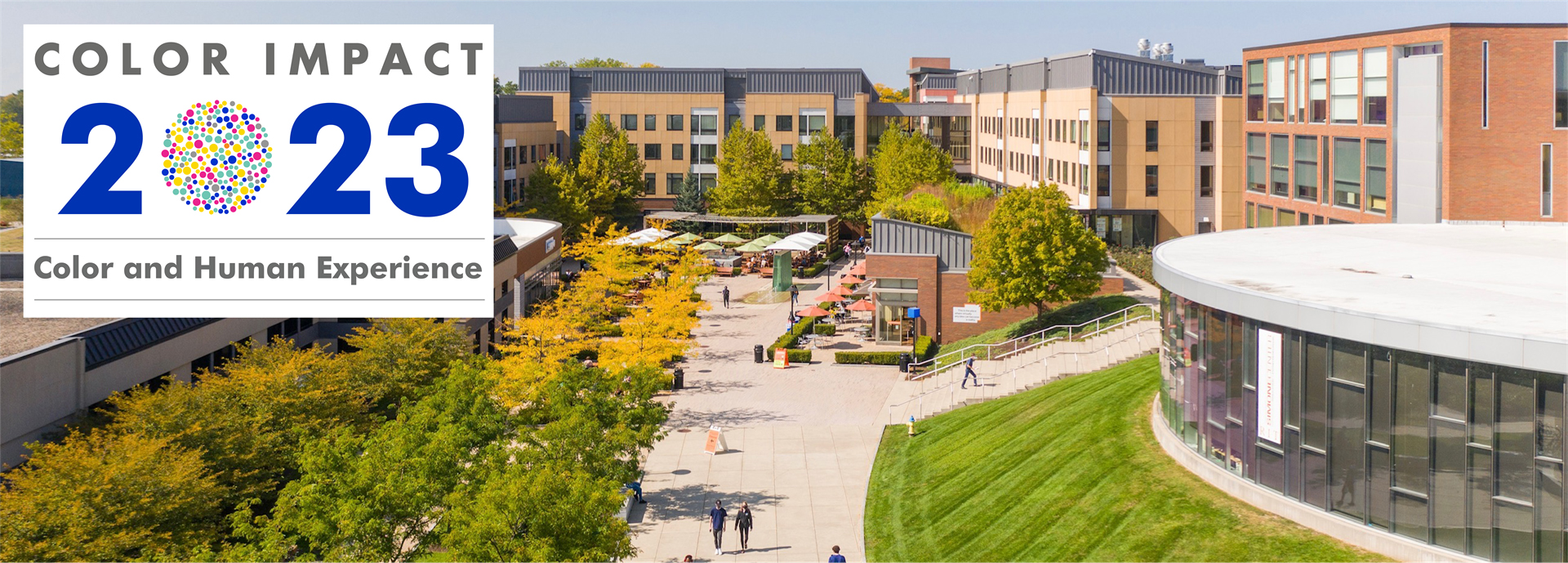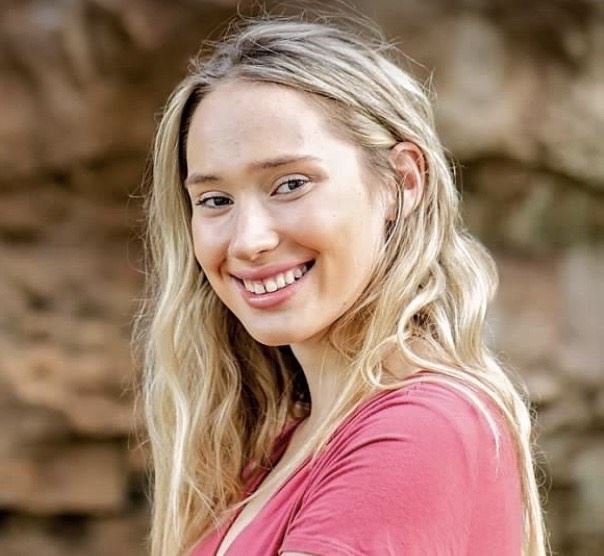Color Impact 2023 was a great success. These pages are left here for archival purposes.
We hope to see you at a future Color Council meeting! Our next conference in June 2025.

June 11-15, 2023
Rochester Institute of Technology, Rochester, NY, USA
Speaker and Poster Presenter - Isabell Moyer
|
Isabell Moyer, Museum Studies Researcher
Visualization of Multispectral Imagery for Cultural Heritage Exploration
During ancient times, parchment was a valuable commodity that was often reused by scraping off the ink and rewriting over it. Years ago, this discarded text would have been considered “lost,” but with the use of multispectral imaging, we can now use light in the infrared, visible, and ultraviolet to generate false color images that the user can manipulate to uncover the once lost text. In 2020, the Rochester Institute of Technology received a grant from the National Endowment for the Humanities (PR-268783-20) to develop a low-cost, portable imaging system with a processing software that could be utilized by scholars accessing collections in library, archive, and museum settings. The R-CHIVE (Rochester Cultural Heritage Imaging Visualization and Education) processing software is a platform that allows the user to manipulate multispectral images taken to separate the overtext, from the undertext, from the background to create a visualization that allows scholars to be able to read the faded or erased text. By processing the images in the R-CHIVE software, the user can find the highest contrast between the visible text (the overtext), and the unreadable or unseen text (the undertext), and the medium itself to create a readable image that allows the user to read the undertext. The user can do this by creating a data cube that has one dimension in the spectral dimension and two spatial dimensions and by overlaying three images on top of each other to create a false color image of the manuscript or conduct further analyses with the bands through principal component analysis (PCA). Further manipulation can be done to the image by adjusting the hue, saturation, brightness and threshold. These features can enhance the contrast of the false color image to create a readable visualization. Results of the processing can be exported into multiple formats.
Identifying Multispectral Imaging Wavelengths to Create “Recipes” for Analysis of Non-Visible Information on Parchment and Paper (Poster)
Bio
Isabell Moyer is a 3rd year student in the Museum Studies program at the Rochester Institute of Technology. She has been a NEH intern since June of 2022.
The Inter-Society Color Council advances the knowledge of color as it relates to art, science, industry and design.
Each of these fields enriches the others, furthering the general objective of color education.
© ISCC

